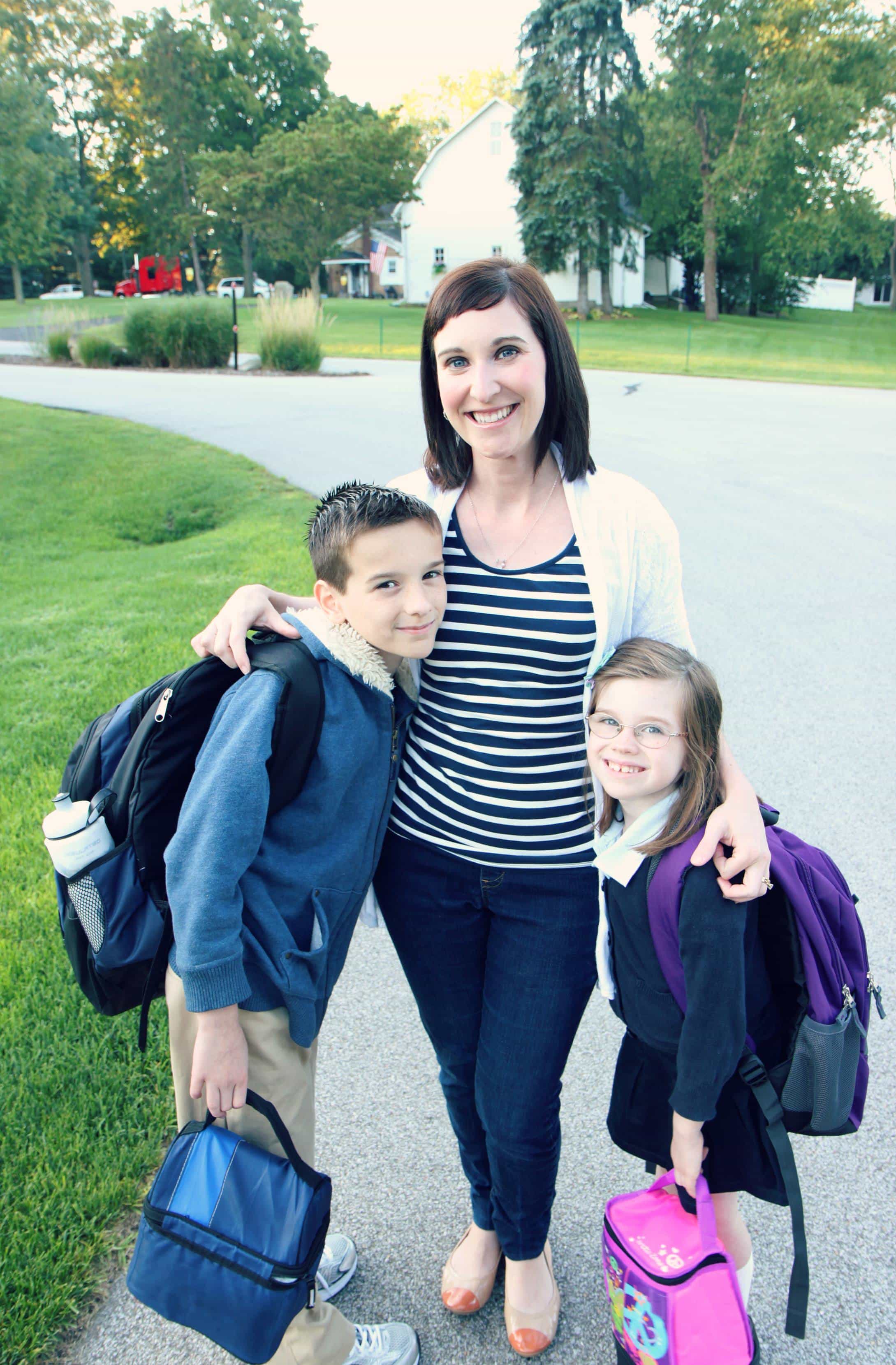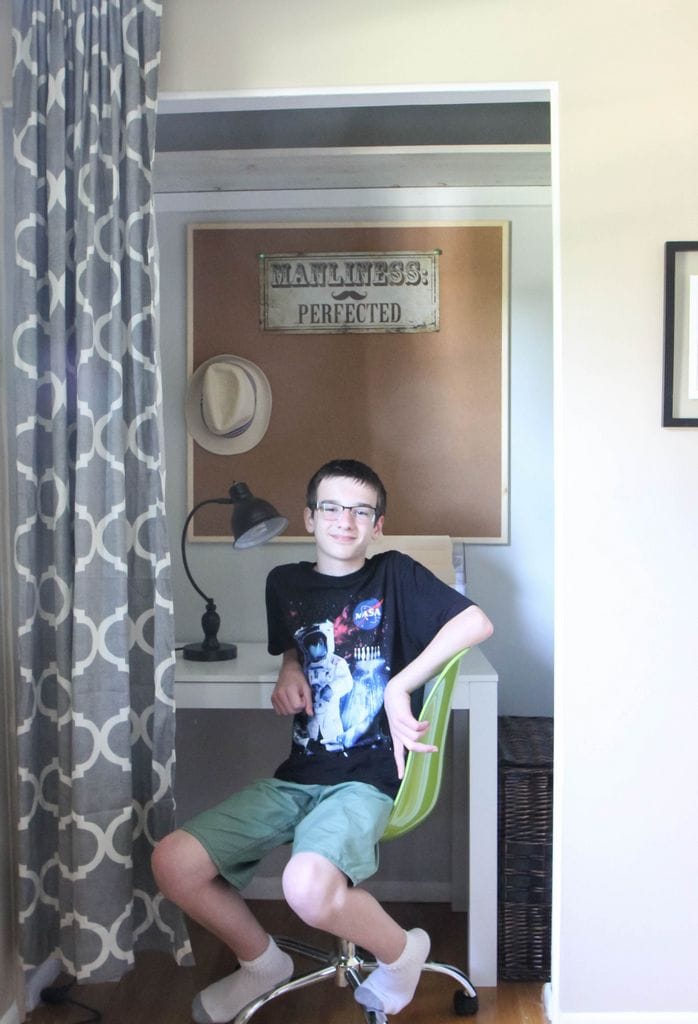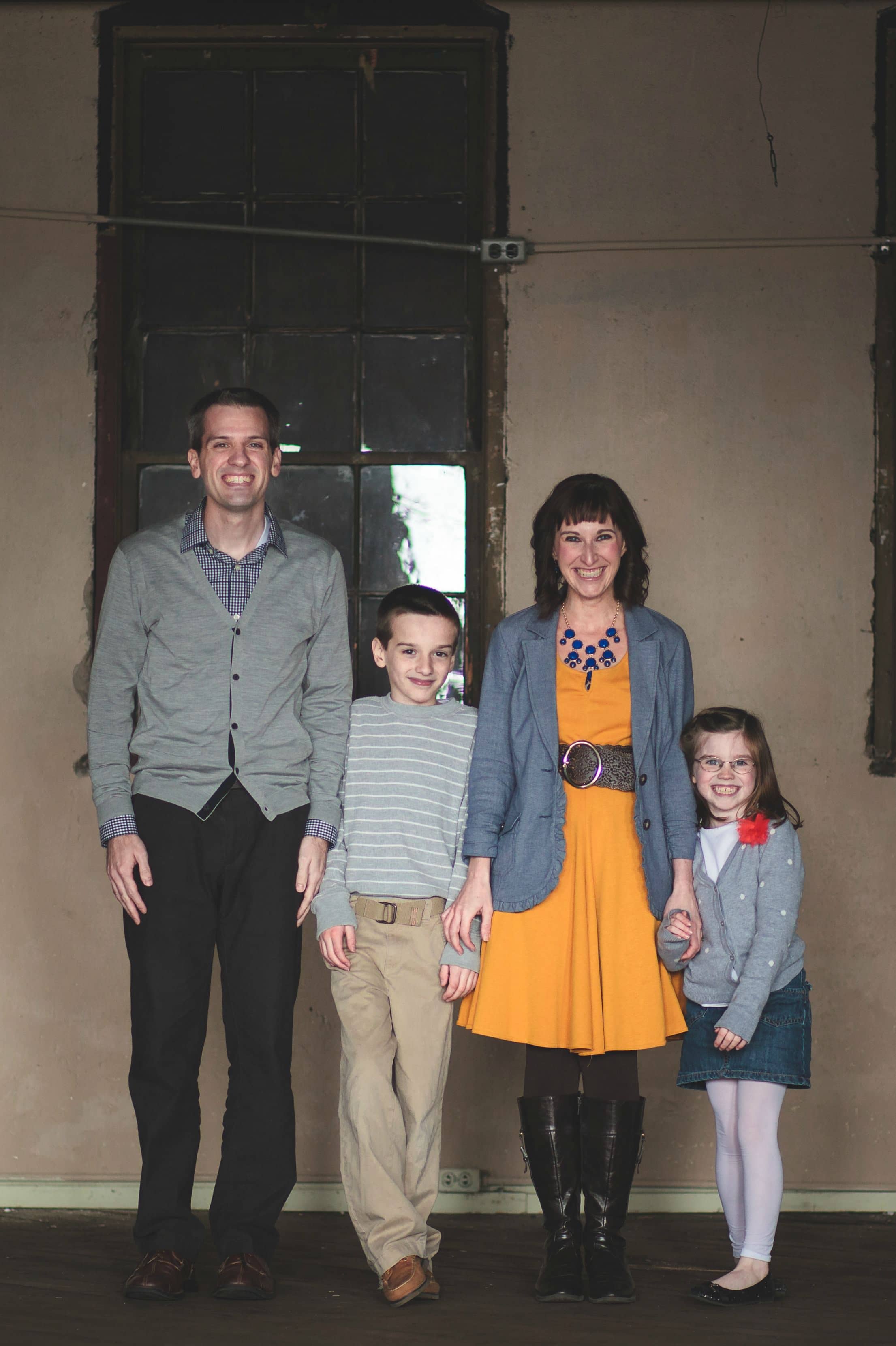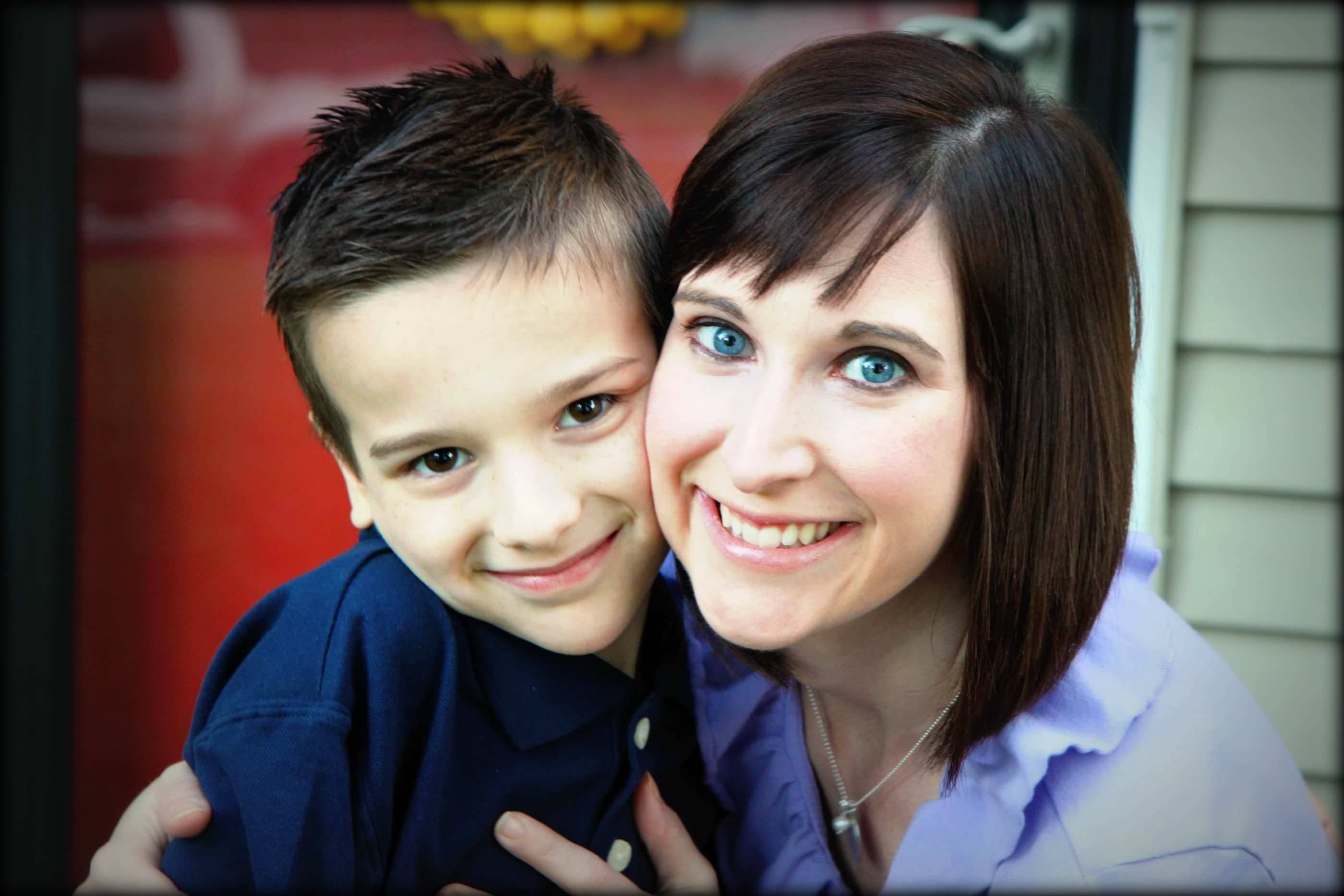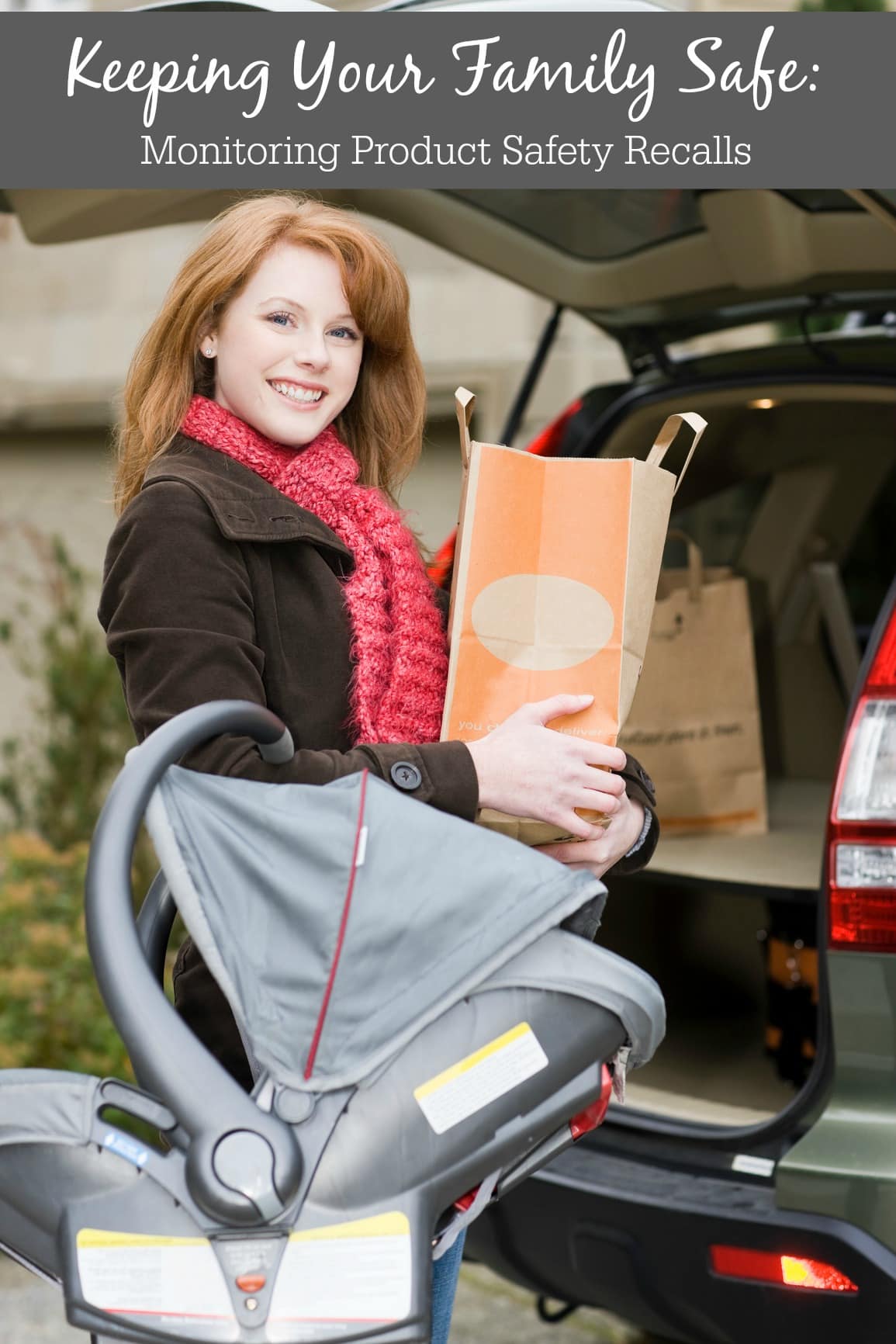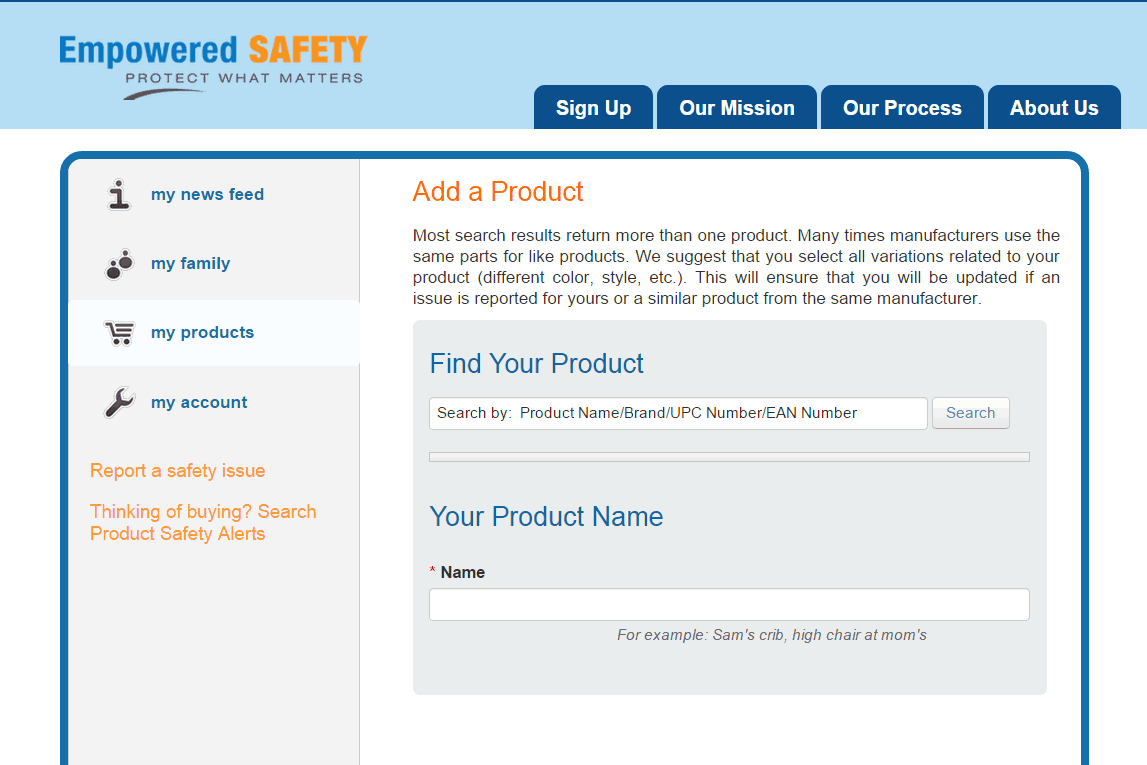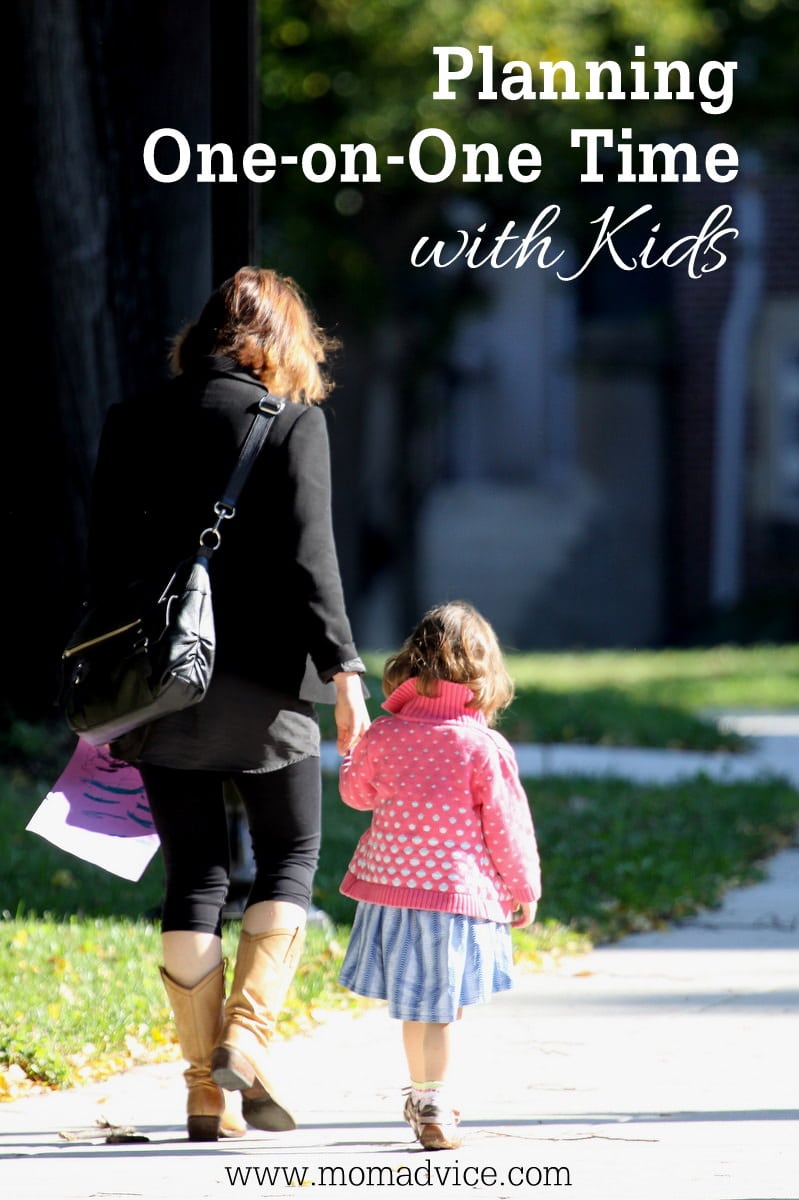If you think of diaper pins and plastic pants when you think of cloth diapering, you have not seen the cloth diapers for today’s mom. Cloth diapers are a far cry from this image, and cloth diapering is definitely something to explore when you are a frugal mother. The days of origami, accidentally sticking your child with pins, and sloshing diapers in the toilet to rinse them are the diapering days of our mothers. I am here to tell you that cloth diapering is easy, affordable, and is worth every moment of your time and dollar investment. You will not believe how easy it is or how rewarding the process of cloth diapering is- both financially and environmentally.
First, let me begin my stating, I am not as earth-conscious as I should or could be. If you saw me, you would probably see me as just an average mom. I am not a tree-hugger and I am not a naturalist. I am not the stereotypical mother that many of you may think of when thinking of cloth diapering. I am just a mom who enjoys saving a buck. That is how I began the process of exploring cloth diapering. There was no noble cause or hidden agenda. I am just like you and I like to save my family money. Period.
Let’s begin my answering those questions you might have about cloth diapering…
How much money do you really save?
Everyone talks about how much money you can save with cloth diapering, but how much money are we really talking about? Let me start out by saying that you can make cloth diapering as expensive or as inexpensive as you want to. As with all things, there are the Cadillacs of the cloth diaper industry and the Pintos of the industry. Your savings will be different depending on what you have decided to purchase.
For disposable diapers, the average cost per diaper nationwide is $0.28 per diaper. If your child is not potty-trained until 3 ½ and you change your child every two hours, for fifteen hours (not changing during the time they are sleeping), you will average approximately eight diapers per day. Eight diapers per day would not be accurate when they are a newborn, but this is probably the average amount of diapers you would use on any given day. The total cost for this figure (3 ½ years, 8 diaper changes per day) would be $2,862.72.
For cloth diapering, the costs range widely and it is hard to give exact figures on how much these cost. Cloth diapering (including the cost of cloth wipes & laundering) can range between $400-1300 dollars. This figure ultimately depends on whether or not you choose the Cadillac diapers or the Pintos. Regardless of the style that you chose, you still come out financially ahead by using the cloth versus the disposable.
What are the different types of diapers out there?
When I first began researching cloth diapering, I was really overwhelmed trying to figure out what types of diapers went with what, which was the best kind, and what the heck all of these abbreviations were. For me, it was literally like learning another language entirely. I had no idea what went with what or what people were referring to when discussing cloth diapering systems. To help alleviate this problem, let me share with you what I have learned.
Prefolds:
Prefolds are the types of diapers you probably think of when you are considering cloth diapering. They are a traditional cloth diaper with a thick strip down the middle. These are typically worn with a diaper cover and are one of the least expensive options for cloth diapering. They come in three sizes- Preemie (4-10 pounds), Infant (newborn to 15 pounds) & Premium (15-30 pounds).
There are different types of prefolds out there and many abbreviations for them. A DSQ Prefold, simply means that it is Diaper Service Quality versus the type of diaper you would find in your discount store. They are more absorbent than the Gerber brand and are the type that you would pay money for from a diaper service company. CPF stands for Chinese Prefold and it is the most popular type of prefold on the market. It has heavy-duty stitching, is usually made of twill, and washes up extremely well. Another option for prefolds are Indian Prefolds which are softer than the CPF and are made of gauze rather than twill. They are more absorbent, but do wear out a little faster than the Chinese Prefolds.
When your child outgrows the Infant or Preemie size diapers, you can reuse these for dust rags or they can be used as a diaper stuffer or to double up your stuffing at nighttime. We used a hemp insert & a prefold in our daughter’s pocket diaper before she went to bed. It makes for a bulky diaper, but we have never ever woke up to her being soaked in the morning.
Diaper Covers:
If you are interested in using the prefolds, you will probably want to purchase waterproof diaper covers too. A prefold can be folded inside of the diaper cover and the diaper cover simply covers the prefold and acts as a waterproof barrier.
Fitted Diapers:
Fitted diapers can also be used with Diaper Covers. Instead of using a prefold, you can use a fitted diaper, which has elastic gathering around the legs and usually has snaps or a Velcro closure to keep the diaper together. Place the diaper cover over the fitted diaper, and you are ready to go. These types of diapers are less expensive than other options, however, they are more expensive then using prefolds. Despite the cost, these got the thumbs up from my husband who found them to be much easier to use than the prefolds (particularly in the middle of the night).
Contoured Diapers:
These diapers are very similar to the fitted, but are missing the elastic gatherings around the legs and waist. The diaper has wings that need to be fastened. These also require a diaper cover.
Pocket Diapers:
Pocket diapers are usually made with two layers of fabric sewn together to form a pocket for an absorbent insert. This type of diaper just fastens on and does not need a diaper cover over it.
Inserts:
Inserts are used for pocket diapers. They can be made of a variety of materials- micro-terrycloth, regular terry cloth, hemp, or you can just use prefolds as inserts. “Doubling up” just means using more than one insert, which you could do if you were away for an extended amount of time or at nighttime before bed, to discourage leaking.
All In One:
You will often see this term abbreviated to AIO. An All In One is a cloth diaper that has a waterproof cover and an absorbent inner liner that is all in one piece, thus the name. These diapers fasten usually with a hook/loop or snap fasteners. The choice fabric for these is usually wool, for the outer layer. These types of diapers are heavily relied on by a lot of parents who need a convenient diaper for daycare or for babysitters.
One Size Diaper:
You will often see this term abbreviated to OS. A one size diaper usually fits the child from the day they are born until they are thirty to thirty-five pounds. These diapers usually have snaps that go across the diaper (making it smaller or bigger) and they can be folded over to create smaller sizes. As the child grows, the snaps on the legs can become larger.
Wool Soaker:
A wool soaker is a diaper cover that is made exclusively of wool. This type of fabric has a high lanolin content, so it works well as a diaper cover. It can hold up to forty percent of its weight in moisture and can be used with fitted, contour, or prefold cloth diapers.
What do I need to get started?
The answer to this question depends on how much you want to invest to begin and how often you want to do laundry. If you are doing a load a day of laundry, you would need enough to do six to eight changes. If you plan to only do laundry every other day, then you would probably need enough to change your little one twelve to sixteen times.
When I began cloth diapering, I bought two dozen infant prefolds, four diaper covers, and had twenty pocket diapers. I could wash diapers every three or four days, which worked well for our family. It was a big initial investment, but I also remembered how many times we had to change our first child during those first few weeks. There was also that horrible thing that happens to kid when you start changing them, where you think they are done…but they are just fooling you. Some diaper changes would take two or three diapers before the diaper changing was all said and done. I live by the philosophy of being over prepared rather than underprepared. The amount that I bought worked best for us, but may be too much or too little for your own family.
I also knew that between nursing my daughter and chasing after my toddler, I would not really want to be running down to throw another load in every half day, so I just bought more to help reduce the stress of doing the laundry.
As my daughter has gotten older, we have needed less and less diapers so I have bought less as she has moved up a size.
Other items worth purchasing before you begin cloth diapering- cloth wipes (a couple dozen), a diaper pail (I used a trash can with a flip top lid), two wet bags (so you have one to line the pail while a load is in the wash), a diaper sprayer (if you plan to rinse your diapers), and a small wet bag that you can use to keep your dirty diapers in your diaper bag.
How do I launder and care for the diapers?
The answer to this question depends on a couple of different factors. One factor is if you plan to resell them and the other factor is the type of diapers that you buy. Each person develops their own system.
My daughter was exclusively breastfed for the first six months so taking care of her diapers was very easy. The diapers were thrown into a trash can (lined with a waterproof wet bag) and I did not rinse them or dispose of anything inside of them.
As your child ages and they begin eating solids, their poop becomes more solid. With my pocket diapers, I can just shake the solids into the toilet and throw them in my wet bag, just like before. You can also purchase a diaper sprayer, which attaches to your toilet, and give your diapers a spray to insure all of the solids have been removed from the diaper. Another option would be to purchase a diaper liner which would act as a barrier between the diaper and the solids. You would just pull the liner out (solids and all) and either throw it away or flush it down the toilet (if the liners are flushable). Please note that a diaper liner is not absorbent- you cannot use this in place of an insert. These just act as a barrier, not as an absorber.
All of these diapers were then thrown into the washing machine. I put in two tablespoons of detergent (any kind works great, although I have heard that the cheaper brands work better than the more expensive types). I then selected hot/cold, heavy duty cycle, with a second rinse. In the beginning, I did a cold pre-rinse, but I found that the diapers washed up just as well without it so I omitted this from my routine.
After the diapers were done washing, I then threw all of the prefolds and diaper inserts into the dryer and dried them on medium-high heat. The diaper covers and pocket diapers were all line dried. These dry quickly and were usually dry by the time the inserts & prefolds were dry.
If there was any staining on them, I would hang them on our line outside. The sun acted as a bleaching agent and took any staining out of them, literally within a couple of hours.
Never ever use any fabric softener or fabric softener sheets when washing your diapers. The fabric softener leaves a residue that can cause your diapers to no longer absorb.
You will want to check the manufacturer’s guidelines for each particular type of diaper that you buy on how to launder it and if it needs several washes before being used (prefolds & inserts usually need a few washes before use). Read those guidelines and use your own best judgment on how you choose to launder your items.
I planned to resell our diapers, when we were done using them, so it was important that all of my diapers were line dried and well-cared for. The diapers were in excellent condition when I sold them and I was able to get a higher dollar for them then if they had went through several dozen times in the dryer.
What if my diapers start leaking?
This may require a stripping of your diapers. If your diapers have been absorbing fine and all of a sudden the diapers stop absorbing, they may need to be stripped.
First, make sure that the diaper is still fitting your child well. Make sure that the snaps are snug on the legs and that the diaper has enough rise in it for it to completely cover their backside.
If the diaper is fitting well, you can strip your diapers and see if that increases the absorbency. You strip the diapers by running them through the wash until you see that there are no suds in the water. Sometimes the detergent can build up on them and this causes the decrease in absorbency. Two or three washes (without detergent) should do the job.
I have cloth diapered for almost a year now and never once have I had any issues with leaking diapers. I have never stripped them- ever. I think it is important to just not use a ton of soap- two tablespoons does the trick in our house and our diapers always smell fresh and clean.
I have black & brown spotting on my diapers- what could that be from?
Diaper rash creams can leave spotting on your diapers. Make sure to only use diaper creams that say that they are safe to be used with cloth diapers. Most companies that sell cloth diapers will have some types of creams that they can recommend to you.
When I needed to use diaper cream on my daughter, I just put a disposable liner in her diaper and put her regular cream on. This kept the cream from touching the diaper, and then I didn’t have to invest any money into special creams.
What about the smell factor?
To be honest, this was one of my main concerns about cloth diapering. In the beginning, there was no smell factor at all because breastfed baby poop does not smell. Now that she is older, the diapers can really smell.
There were precautionary things I did to reduce the diaper pail smell. I put a plug-in next to the diaper pail to help reduce the smell. I also wetted a wash cloth and sprinkled two drops of tea tree oil on the washcloth and threw it into the pail, which kept the smells to a minimum. On occasion, I would sprinkle baking soda into my wet bag to cut down on the odor. They also sell diaper pail discs that you can stick into your wet bag or pail to reduce the smell. I thought the tea tree oil was a little less expensive and used this so it would be a little easier on my wallet.
I think the smell factor is no worse than a disposable diaper and the Diaper Genie that we used with our son. Diapers smell whether they are disposable or cloth.
What do you do when you are going to be away for a long time? Did you purchase disposable diapers?
During the day, I have no problems keeping my daughter dry, just doing our regular routine of one insert. If I know that we will be away for more than a few hours, I just keep a stash of cloth diapers in my wet bag with me so that I could do the diaper change. Another option would be to just double up your insert or add an extra layer to your diaper.
Yes, there were times where we were out and about and leaking had occurred. This was usually my own fault because I had not changed her as soon as I should have. Having done disposable diapers with our son though, I feel that we had no less and no more leaking than we would have normally.
The best part that I have found with cloth diapering is that these diapers stand up to the frequent blow outs that occur during the wee hours of the morning. When we had our son in disposable, we would traipse into his room in the middle of the night, change his pajamas, change the sheets, and stumble back into bed. When you are up to doing that kind of stuff, it can feel like an eternity. With cloth diapering, however, we have had no blow outs. If you were considering doing cloth diapering part-time, doing it in the evenings is highly recommended!
Would you recommend cloth diapering with a newborn?
I didn’t find this to be as difficult as everyone claimed it would be. I did buy a box of newborn disposable diapers, just in case the cloth diapering wasn’t going well. My daughter was very tiny and we ended up having to buy preemie diapers for her because of her petite size. That was the only reason why I didn’t cloth diaper the first two weeks. Once she was big enough to fit in them, we never looked back.
The laundry was not as much of an issue as I thought it would be either. When you have a new baby, you are already running around like a crazy woman throwing in load after load. One more load just didn’t seem as bad because of the frequency that I was doing laundry.
There is also a lot to be said about how washing diapers is just not optional. You have to wash them because your baby needs them. In my case, I felt a lot of pride when I would wash them and put them together for her. There is just nothing like the smell of a freshly washed diaper.
If I want to buy used diapers- where can I find them?
I bought our entire pocket diaper stash used on the internet. Search on eBay, Yahoo Groups, or on Baby Center Bulletin Boards to find people who want to buy, sell, or trade their diapers. Be sure to know what the regular price is on the diaper so you know what a fair price would be for used diapers. I got all of our pocket diapers for around ten dollars each (with the inserts included) and if I purchased them through a retail store, I would have paid around twenty dollars.
What do I do with the diapers when I am done with them?
If you are planning on having more children, I would suggest keeping them for the next child. When the next child comes, you will have no diapers to buy! If this is your last child though, selling the diapers can be a great way to make back some of the money you spent on them.
After my daughter was done with each size, I would resell them on eBay. Because I purchased the diapers used and took good care of them when laundering them, I was able to break even with very little investment. My daughter is eight months now and after selling back my first stash of diapers, I was out only thirteen dollars, and I am expecting a similar response to this next size. I was careful to consider which ones had the highest resale value and those were the types of diapers that we chose. Really researching before making your initial purchase will help you when the time comes to resell your diapers.
What brands of diapers & supplies did you use?
My favorite diapers were Fuzzi Bunz with a Hemparoo insert. When my daughter was first born, however, we were able to get by with a Fuzzi Bunz diaper stuffed with a tri-folded microfiber cloth that I purchased from Target (in the automotive section).
Our diaper cover selection of choice was Bumkins with a DSQ Chinese Prefold.
I used baby washcloths, purchased from Wal-Mart, and just soaked these in warm water in our wipe warmer. If you prefer a sudsier wipe, you can use this diaper wipe solution recipe (on cloth wipes or using paper towels).
Homemade Baby wipes
Ingredients
- Strong paper towels work the best (for example, Brawny).
- 2 cups water
- 1/2 cup of baby oil
- 1/2 cup baby magic baby bath
Directions
- Cut one roll of paper towels in half.
- Take out the core so wipes pull out of the center.
- Place 1/2 roll of paper towels in container.
- Pour solution over towels.
- Store in container. Makes 2 1/2 rolls.


